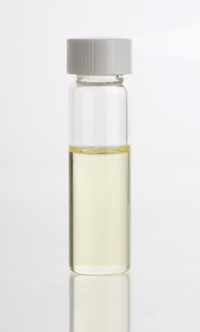
Photo from wikipedia
Phytochemical investigation of Egyptian mandarin orange (Citrus reticulata Blanco, F. Rutaceae) seeds afforded thirteen known compounds, 1–13. The structures of isolated compounds were assigned using 1D and 2D NMR and… Click to show full abstract
Phytochemical investigation of Egyptian mandarin orange (Citrus reticulata Blanco, F. Rutaceae) seeds afforded thirteen known compounds, 1–13. The structures of isolated compounds were assigned using 1D and 2D NMR and HRESIMS analyses. To characterize the pharmacological activity of these compounds, several integrated virtual screening-based and molecular dynamics simulation-based experiments were applied. As a result, compounds 2, 3 and 5 were putatively identified as hyaluronidase, xanthine oxidase and tyrosinase inhibitors. The subsequent in vitro testing was done to validate the in silico-based experiments to highlight the potential of these flavonoids as promising hyaluronidase, xanthine oxidase and tyrosinase inhibitors with IC50 values ranging from 6.39 ± 0.36 to 73.7 ± 2.33 µM. The present study shed light on the potential of Egyptian mandarin orange’s waste product (i.e., its seeds) as a skin health-promoting natural agent. Additionally, it revealed the applicability of integrated inverse docking-based virtual screening and MDS-based experiments in efficiently predicting the biological potential of natural products.
Journal Title: Antioxidants
Year Published: 2022
Link to full text (if available)
Share on Social Media: Sign Up to like & get
recommendations!